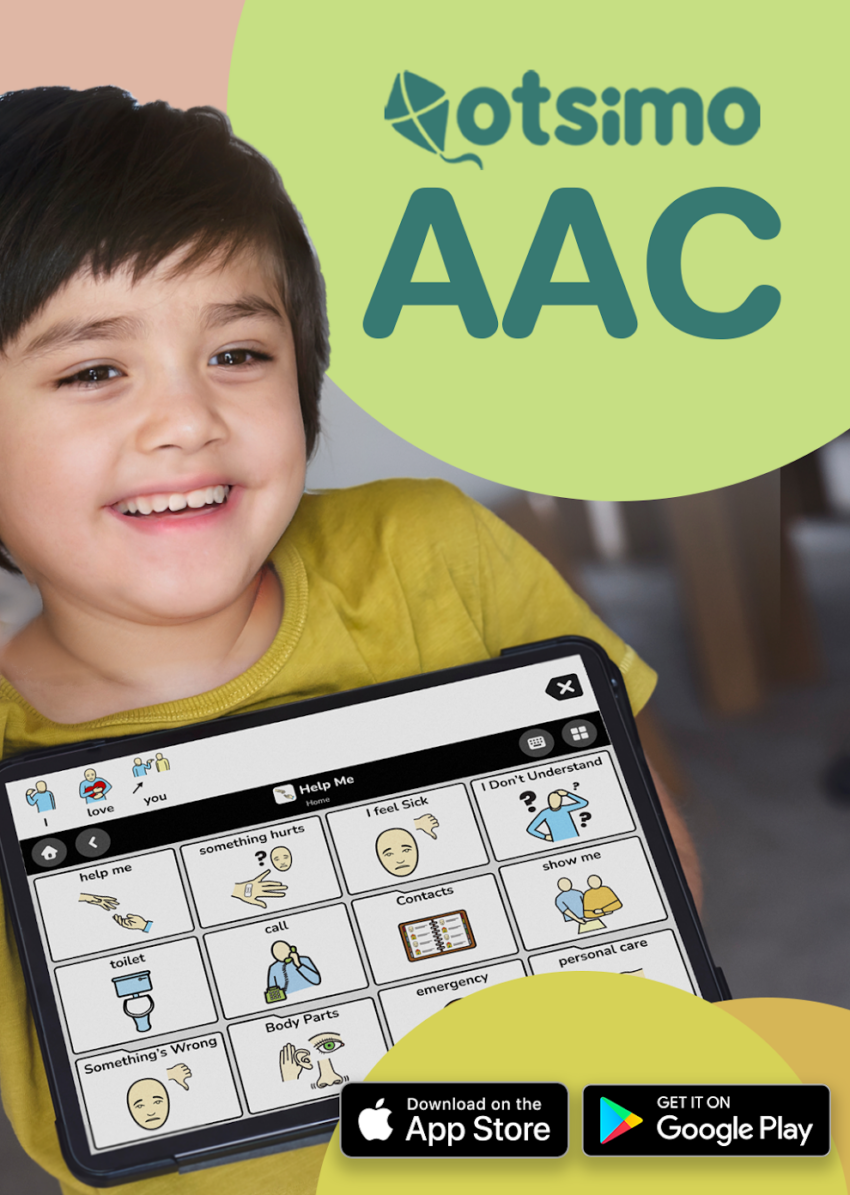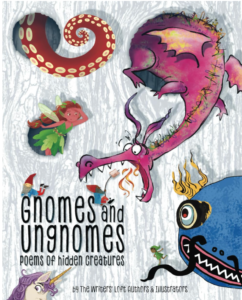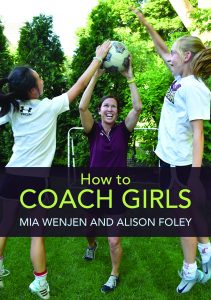Communication is an essential part of all beings. We do it all the time in many forms. However, autistic children and people with special needs may have issues with traditional forms of communication.
Adults and children with speech or language problems or delays may need to figure out communication ways. This is where augmentative and alternative communication comes into the picture. Augmentative and alternative communication, or AAC, is a term used to describe techniques, tools, devices, and strategies that aim to aid any communication struggle the person might have.
Through AAC, autistic children or people with language problems can get help with regard to the production of speech, language development, and comprehension. The most important job of an AAC system or tool is to help the individual express their thoughts and feelings as well as requests and opinions and much more where otherwise they would not be able to do so.
There are many types of AAC that can be used. Though today we think of these systems as sophisticated and digitized, AAC comes in many shapes and forms and has been used by speech-language pathologists (SLPs) for many years.
Autistic children have difficulties and issues with their speech and language skills. Some may just repeat words and phrases over and over without meaning anything, and some don’t even talk at all. In fact, according to the Centers for Disease Control and Prevention (CDC), around 40% of children with autism spectrum are nonverbal. The severity of speech and communication delay changes from one person to another, so there is no single case that fits all.
Regardless of the reason for an autistic child’s speech problems, not being able to communicate their thoughts and needs puts a tremendous amount of stress and pressure onto these children, and may exasperate their psychological symptoms. AAC is a great and valuable tool in terms of overcoming the communication barrier.
AAC systems and devices have been used to help with developmental and acquired speech and language problems of children with autism and other developmental disorders for many decades now. There are many types of AAC ranging from unaided to aided AAC systems, and low tech and high tech under aided systems.
When a person uses their own body language and gestures to communicate, it is considered unaided AAC systems where no equipment is utilized. Aided AAC systems utilize supplementary equipment. These could be non-electronic or they can be operated electronically.
The main operating logic of both systems is the same. Autistic children use the visuals that represent words, phrases, or sentences and utilize these to communicate. Some devices also produce sounds, meaning that the selected words or actions can be vocalized. This practice helps individuals with autism speak through the device.
Otsimo was founded to offer accessible and affordable special education to children with special needs such as autistic children and children with other developmental and neurodevelopmental disorders. At the moment, they have products to help children boost their cognitive and communication skills, and improve and develop their speech skills.
In their Special Education app, they have a newly-improved AAC module. The AAC module is fully customizable to the needs of the individual using it, and it is easily accessible. They believe that the design process of any AAC device or system should include key stakeholders, meaning the SLPs and the parents and caregivers of autistic children. Designed under the guidance of SLPs, child psychologists, and other experts in their respective fields, Otsimo AAC is a great companion for those needing alternative communication methods. They have published and distributed to SLPs and special education classrooms, a comprehensive booklet on what AAC is and how it can be beneficial for children with autism and other developmental disorders.
At the end of the booklet is a manual explaining how to utilize the Otsimo AAC module to the fullest, showcasing the features and configurations of the app.
There are no prerequisites to using an AAC device with your child. The only thing to make sure of is that the device should fit the needs of your child. Picking something that your child doesn’t like would only increase the frustration level rather than being helpful.
p.s. Related posts:
15 #OwnVoices Books about Autism
Diversity, Inclusion & #Activate4Autism Movement
Gift Ideas for Children with Autism
Picture Book about Autism for Typicals in Elementary School
To examine any book more closely at Amazon, please click on image of book.
As an Amazon Associate, I earn from qualifying purchases.
My books:
Food for the Future: Sustainable Farms Around the World
- Junior Library Guild Gold selection
- Selected as one of 100 Outstanding Picture Books of 2023 by dPICTUS and featured at the Bologna Children’s Book Fair
- Starred review from School Library Journal
- Chicago Library’s Best of the Best
- Imagination Soup’s 35 Best Nonfiction Books of 2023 for Kids
Amazon / Barefoot Books / Signed or Inscribed by Me











